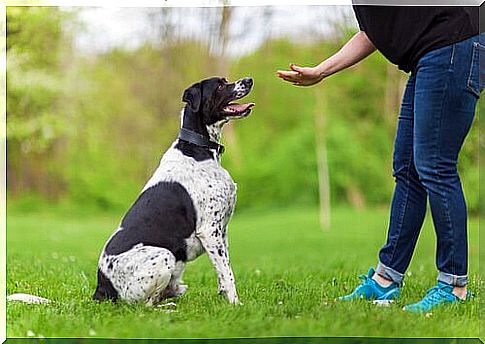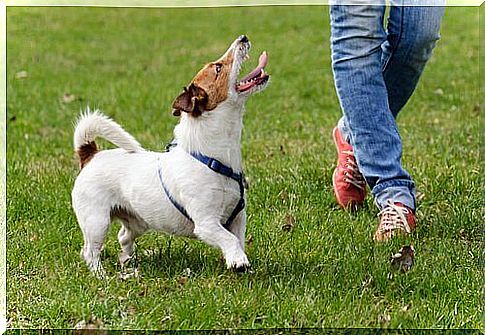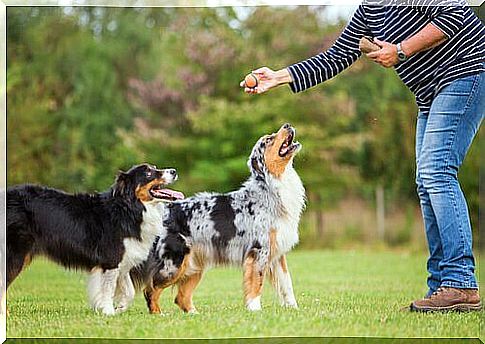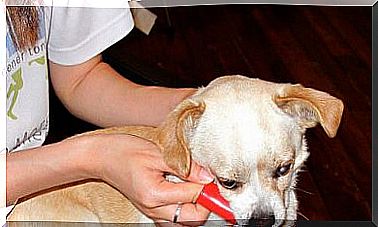Applied Psychology In Dog Training

Raising a pet is important because the future behavior of the animal depends on it. The applied psychology in dog training is a very helpful tool because it allows us to identify the thoughts and feelings of our furry friends.
What is applied psychology in dog training about?
This is not a passing fad as various studies have shown that there is a relationship between dog training and dog psychology.
You can learn more about it from books without becoming a professional dog trainer.
Basically, it’s about teaching the dog some basic obedience commands while respecting its personality.
For some, this can be a little tricky, especially if it’s a puppy that has just arrived.
However, for others who may have lived with the animal for years, applied psychology in dog training can help them change certain behaviors or learn something new.
Positive reinforcement
To understand applied canine psychology, we first have to talk a little about what is known as positive parenting. We don’t punish the animals if they do something wrong, but simply reward them for good behavior.
This technique has revolutionized dog training as trainers now largely take into account that a dog understands praise better than punishment.
Why? Because associating learning with trauma or pain is not a good idea.
Also, respect for animals is really fundamental, because it says a lot about our own personality.
That doesn’t mean we’re bad people if we yell at our dog for hating something again. We can also simply avoid such reactions.

The animal did not respect the earlier type of training. Therefore, methods that work with positive reinforcement quickly spread around the world and are the only ones today that continue to find success and popularity.
Many modern dog trainers use treats to reward good behavior. Some of the older ones should better modernize themselves so they don’t go bankrupt. However, extremes are never good and a healthy balance should always be sought.
That is why we tell you about applied psychology in dog training. Every animal has its own character, which is why a single method – whether positive or negative – often does not work.
We want to avoid punishment, but sometimes you have to raise your voice a little so that our furry friend learns.
How do you use psychology in dog training?
We do not have to be professionals to teach our dog everything necessary while using dog psychology. But sometimes it is a mistake to give the dog too many rewards.
Then the fur nose doesn’t really learn, but only acts to get its treat.

If, for once, we don’t have a dog biscuit on hand, then the fur nose feels that it has the right to ignore us. If we show the dog a reward, he doesn’t think about how he should behave, but what he gets for it.
This is why it’s important to combine positive reinforcement with a little more neutral methods. We do not use blows or force, but a steady voice and body language that let the animal understand that it has to listen to us.
There are several techniques for teaching the dog to “come”, “sit” or “walk” when we take him out on the street.
The personality of the four-legged friend and the attentiveness of the reference person are crucial in order to know which method to use at which moment.
You just have to get to know your furry friend a little better and do the best for them!









